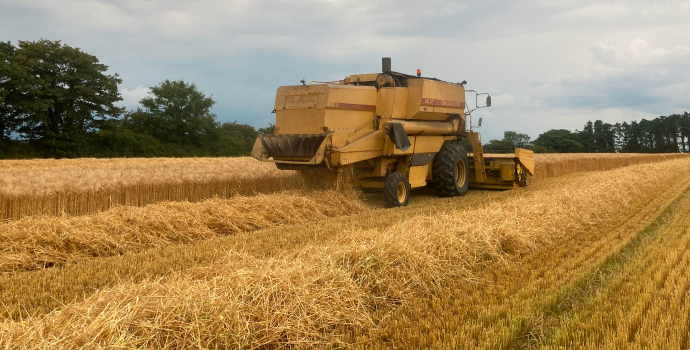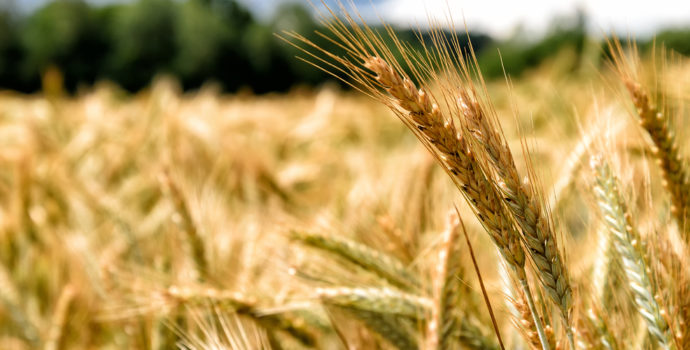
There was no significant change to domestic grain prices in the past week. Imported corn (maize) continues to keep a lid on the price of Irish wheat and barley. According to recent data from the European Commission 582,658 mt of corn was imported into the EU last week, which was the biggest single week of imports since March 2017. Ireland alone accounted for 46,658 mt of the volume imported. It takes total imports to 6.6 mt for the season so far, up 24% from last year as EU buyers’ source cheap Ukrainian and Canadian product.
Although world markets markets have continued to remain within recent technical levels, they have seesawed over the week. Following the release of the USDA supply-demand report last Thursday markets fell, only to surge higher on Friday and Monday as traders digested the report which, confirmed, that although world stocks of wheat and corn were revised slightly higher, this was due to Chinese stocks which are not available to international markets anyway. Markets then reversed on Tuesday and Wednesday but this was mainly due to profit taking and the general weakness in commodities due to the dramatic plunge in oil prices. On Tuesday alone, the price of US crude oil had fallen by 8% at one stage.
Soybean futures continue to trade at 10-year lows as sentiment remains subdued due to the US/China trade dispute and the potential of the upcoming Brazilian harvest. Some US framers are pinning their hopes on the proposed meeting between President Donald Trump and Chinese President Xi Jinping in Buenos Aires, Argentina, at the end of November on the side-lines of a Group of 20 summit. In Europe, the German oilseeds industry association UFOP has estimated, that German rapeseed sowings for 2019 crop will be reduced by 18.1 percent on the year to around 1 million hectares. This is due to a dry autumn following this summer’s heatwave, which meant ground was too parched to carry out rapeseed sowings in some areas.


